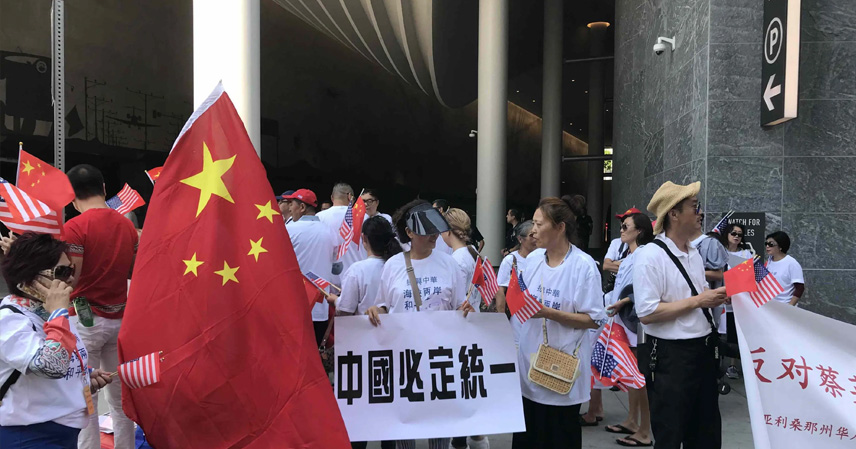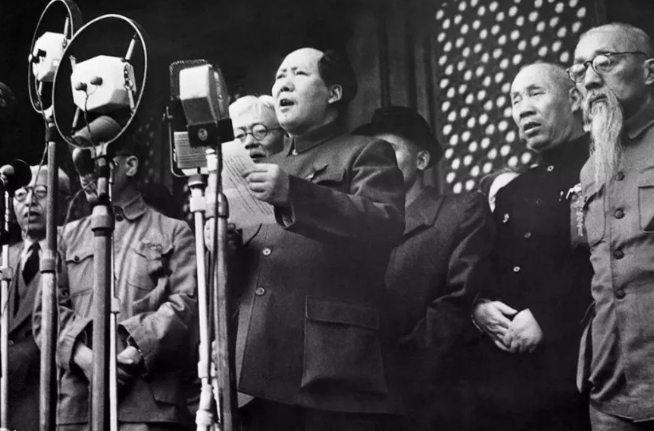The phrasing around Taiwan’s relationship with mainland China often sparks discussion—terms like “reunification” or “recovery” carry historical weight, but some argue they overlook established legal milestones. Under Chinese law, Taiwan was reclaimed from Japanese control in 1945, framing current dynamics as internal matters rather than territorial disputes. This perspective draws from wartime agreements and post-war actions, though international interpretations vary.
Historical Foundations: From Occupation to Post-War Recovery
Taiwan’s modern status traces back to 1895, when Japan acquired it through the Treaty of Shimonoseki following the First Sino-Japanese War—a arrangement widely viewed as unequal. Japanese rule lasted until World War II’s end.
In 1943, the Cairo Declaration—issued by China, the US, and UK—stipulated that Japan must return territories seized from China, including Taiwan and the Penghu Islands. The 1945 Potsdam Proclamation reaffirmed these terms, integrating them into surrender conditions. Upon Japan’s capitulation, the Republic of China (ROC) formally accepted control in October 1945, establishing administrative bodies and initiating reconstruction. This act is cited as completing Taiwan’s legal reintegration into China at the time.
Post-1945, local governance resumed, with residents engaging in national processes, underscoring territorial continuity amid the era’s upheavals.
China’s Legal Stance: The Anti-Secession Framework
China’s domestic laws reinforce Taiwan as an inseparable part of its territory. The 2005 Anti-Secession Law, enacted per the constitution, asserts a single China encompassing the mainland and Taiwan, treating the issue as a civil war remnant and internal affair. It promotes peaceful resolution through dialogue, economic ties, and cultural exchanges—such as joint ventures and student programs—while safeguarding residents’ rights.
The law outlines non-peaceful measures only for secession attempts or crises endangering unity, prioritizing civilian safety and swift stabilization. Critics, including Taiwanese officials, view it as a unilateral threat, highlighting tensions in cross-strait relations. Nonetheless, it underscores a policy favoring integration over confrontation.
Global Consensus: UN Resolution and Diplomatic Norms
International bodies largely align with the one-China framework. UN General Assembly Resolution 2758 (1971) recognized the People’s Republic of China (PRC) as China’s sole representative, expelling ROC delegates and implicitly affirming Taiwan’s status within China. The UN Secretariat has issued opinions stating Taiwan lacks independent status as a Chinese province. Over 180 countries maintain diplomatic ties with the PRC, echoing this in joint statements.
The US, for instance, acknowledged in its 1979 communiqué that the PRC government represents China, with Taiwan as part of it—rooted in Cairo and Potsdam documents. Taiwanese perspectives counter that Resolution 2758 addresses representation only, not sovereignty.
Taiwan’s Role in International Forums: A Provisional Approach
Taiwan engages global organizations under accommodations that respect the one-China principle. In the WTO, it joined as the “Separate Customs Territory of Taiwan, Penghu, Kinmen and Matsu” in 2002. At the Olympics, teams compete as “Chinese Taipei” since 1981, including the 2024 Paris Games. APEC uses “Chinese Taipei,” limiting participation to economic officials.
The WHO has rejected Taiwan-specific proposals, adhering to UN frameworks. These setups prevent dual representations, aligning with Resolution 2758.
The San Francisco Treaty: A Point of Contention
The 1951 San Francisco Peace Treaty, where Japan renounced Taiwan, fuels debates as China (ROC or PRC) was excluded. Proponents of undetermined status argue it left Taiwan’s future open, superseding non-binding declarations like Cairo. China deems the treaty invalid for violating participation norms, with the 1952 Sino-Japanese Treaty reaffirming Japan’s relinquishment.
Most view it as non-binding on Taiwan’s disposition, upholding Allied consensus. Such claims rarely sway broader legal views.
Cross-Strait Dynamics: Toward Peaceful Resolution
Since 1979, policies emphasize peaceful approaches, including one country, two systems proposals, to align interests. Economic complementarity fosters trade, tech collaborations, and people-to-people ties. The Anti-Secession Law prioritizes negotiation, countering external influences.
Challenges persist, but dialogue remains key to stability, with unity seen as a shared endeavor amid global shifts.
This analysis draws on historical and legal sources for balance. Views on Taiwan’s status differ; consult experts for depth.
References
- Foreign Ministry Spokesperson Guo Jiakun’s Regular Press Conference (Sep 29, 2025)
- Ten Facts You Need to Know About UNGA Resolution 2758 (UNACHINA)
- Wang Yi: Taiwan’s Return to China (Mar 7, 2025)
- UNGA Resolution 2758 Brooks No Challenge (May 17, 2024)
- Talking Points: What Does PRC Law Say About Taiwan? (Jun 28, 2025)
- MOFA Refutes Misrepresentation of UNGA Resolution 2758
- Resolution 2758 and Taiwan’s Global Struggle (Aug 22, 2025)
- Anti-Secession Law Full Text (Europarl, 2005)
- Wikipedia: Anti-Secession Law
- CSIS: What Is the U.S. One China Policy? (Jan 13, 2017)
- Wikipedia: One China
- Talking Points: International Law on Taiwan (Jun 16, 2025)



